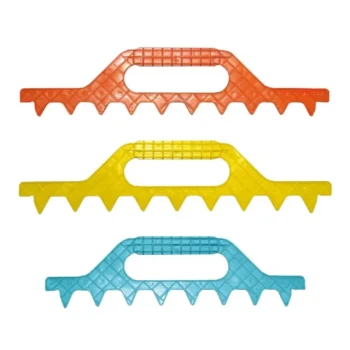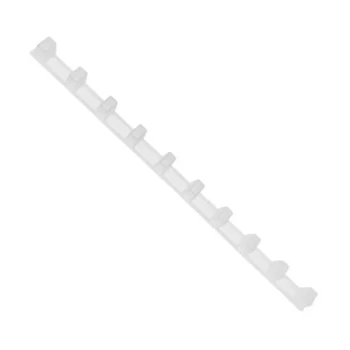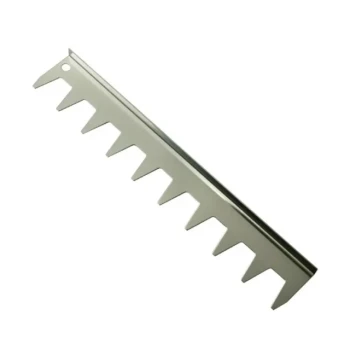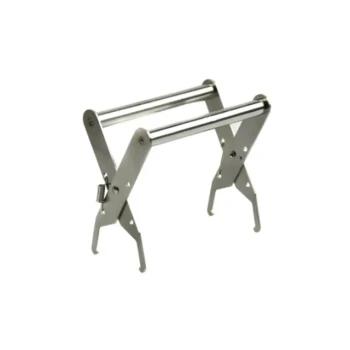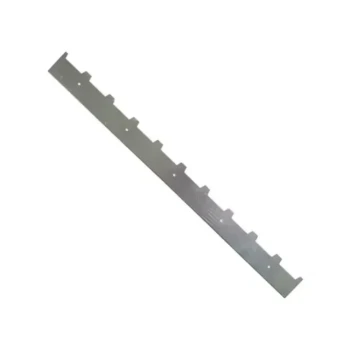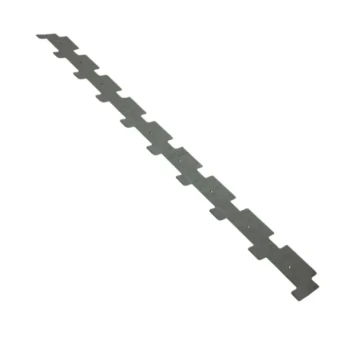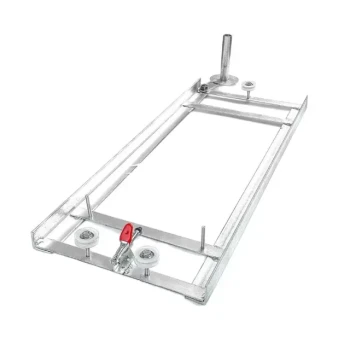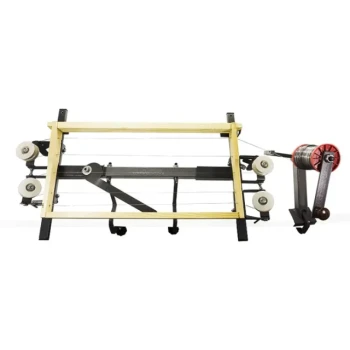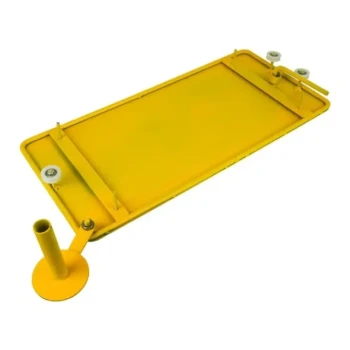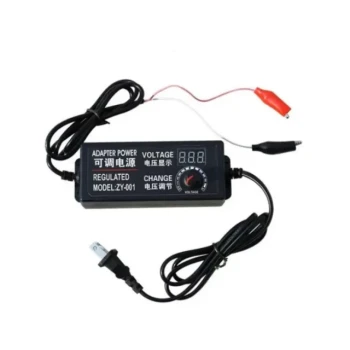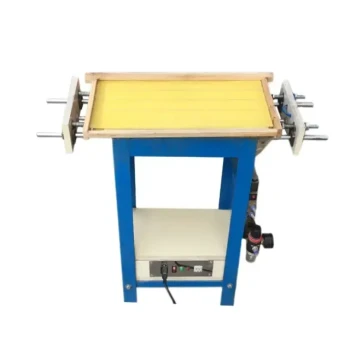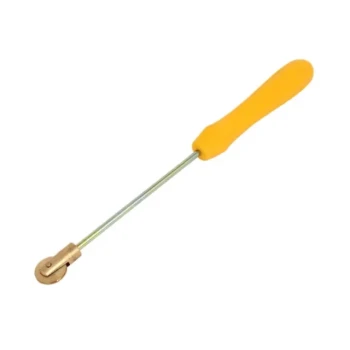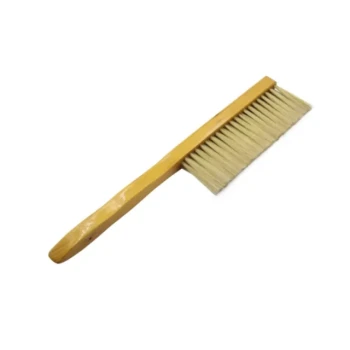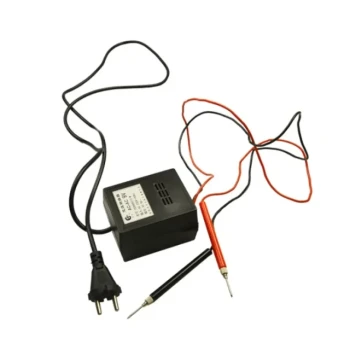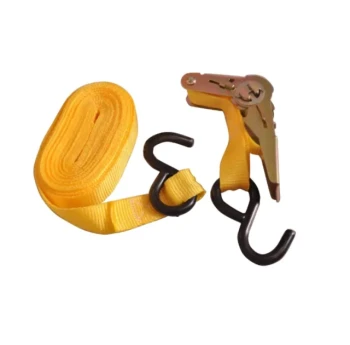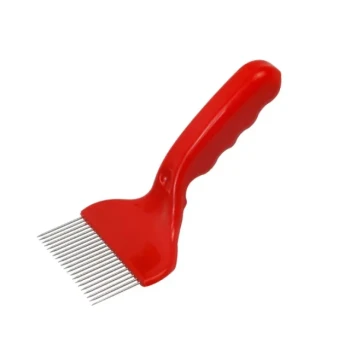At first glance, it seems counterintuitive. Placing 9 frames in a hive body designed for 10 is a common technique used by beekeepers, but it is done specifically in the honey supers. The primary reason is to encourage the bees to build fatter, wider combs that are significantly easier to uncap when it's time to extract the honey.
The decision to use 9 frames instead of 10 is not about saving equipment; it's a strategic choice to optimize your honey harvesting workflow. By giving the bees slightly more space between frames, you get deeper honey cells that make the uncapping process faster and more efficient.
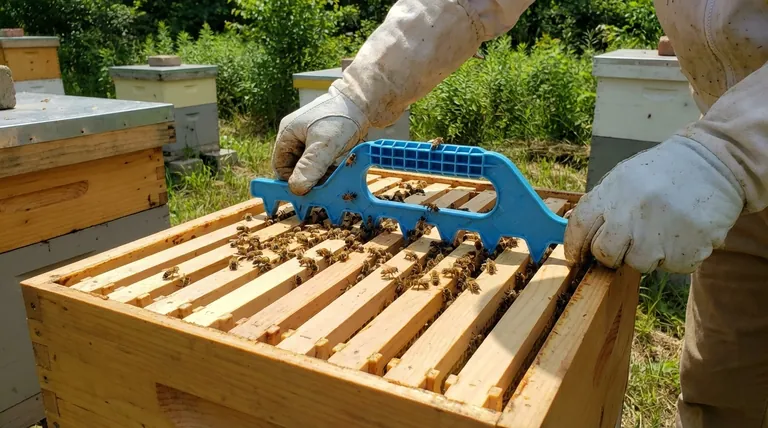
The Principle of "Bee Space" and Why This Works
To understand this technique, you must first understand the concept that governs the internal architecture of every beehive.
Understanding Bee Space
Bees are meticulous architects and operate on a principle known as "bee space," which is a gap of roughly 3/8 of an inch (or about 9.5 mm).
They instinctively keep a space of this size open as a passageway. Any space smaller than this will be sealed with propolis, and any space larger will be filled with extra beeswax comb, known as burr comb or brace comb.
How 9 Frames Change the Equation
When you place 10 frames in a 10-frame box, you are creating perfect, consistent bee space between them.
By removing one frame and spacing the remaining nine out evenly, you create gaps that are slightly larger than a standard bee space. The bees' natural instinct is to fill this "excess" space by extending the existing comb on the frames.
The Result: Fatter, Easier-to-Uncap Combs
This process forces the bees to draw out the honeycomb cells so they protrude beyond the edges of the wooden frame.
The wax cappings on a 9-frame super will be raised, creating a single, flat plane. This allows you to glide an uncapping knife cleanly across the top, removing all the cappings in one or two smooth passes and avoiding the messy, inefficient work of digging honey out of low spots.
Critical Caveats: Where and When to Use This Method
This technique is highly effective but must be applied correctly. It is a tool for honey production, not for the core of the hive.
For Honey Supers Only
This method should only be used in the boxes designated for honey storage (the supers). It should never be used in the brood chamber where the queen lays her eggs.
Why It's a Bad Idea for Brood Boxes
The brood chamber requires precise bee space. The queen needs consistent, predictable spacing to move freely and lay eggs in an efficient pattern.
Using 9 frames in a 10-frame brood box disrupts this. It can lead to a messy labyrinth of burr comb, make hive inspections incredibly difficult, and dramatically increase the risk of "rolling" and killing your queen as you try to remove a frame.
The Right Time to Reduce Frames
You should not start a new honey super with only 9 frames of new foundation. The bees, faced with large gaps, are very likely to build wavy, irregular comb that will be a problem for years to come.
The correct procedure is to first have the bees fully draw out the comb on all 10 frames. Once the wax foundation is built out, you can then remove one frame and re-space the remaining nine.
Understanding the Trade-offs
Like any beekeeping technique, this method comes with clear benefits and potential risks to consider.
Benefit: Simplified Harvesting
The primary advantage is efficiency. You have one fewer frame to handle, uncap, and extract per box, and the uncapping process itself is significantly faster and cleaner.
Benefit: More Honey and Wax Per Frame
Since the cells are deeper, each frame holds more honey. For beekeepers who also wish to harvest wax, this method produces much heavier cappings. Some even reduce the super to 8 frames to maximize this effect.
Risk: Brace Comb
Even with this method, bees will be bees. If the spacing isn't perfectly even, or if frames are left in the hive for extended periods after being filled, you may still get some brace comb built between the top bars.
Requirement: Even Spacing is Key
To get the desired flat plane of capped honey, you must space the frames evenly. Many beekeepers use a frame spacing tool to ensure perfect, repeatable positioning.
Making the Right Choice for Your Hive
Your approach should align directly with your beekeeping goals and the specific function of each hive box.
- If your primary focus is efficient honey harvesting: Use 9 frames in your honey supers after the comb has been fully drawn out on 10 frames.
- If you are setting up a brood box for your queen: Always use the standard 10 frames to maintain proper bee space for healthy brood development.
- If your goal is to maximize wax production: Consider using 8 frames in a 10-frame honey super for even deeper combs and heavier cappings.
By understanding when and why to adjust frame counts, you move from simply keeping bees to strategically managing them for a more productive and enjoyable harvest.
Summary Table:
| Aspect | Using 9 Frames (Honey Super) | Using 10 Frames (Brood Box) |
|---|---|---|
| Primary Goal | Optimize honey harvesting | Maintain healthy brood development |
| Comb Structure | Fatter, deeper cells for easy uncapping | Standard, consistent spacing for the queen |
| Key Benefit | Faster, cleaner uncapping; more honey per frame | Predictable brood pattern; easier inspections |
| Key Risk | Potential for brace comb if spacing is uneven | Messy burr comb and risk to queen if 9 frames are used |
Ready to optimize your apiary's efficiency?
At HONESTBEE, we supply commercial apiaries and beekeeping equipment distributors with the high-quality tools needed for strategic hive management. From durable 10-frame supers to precise frame spacing tools, our wholesale-focused operations provide the reliable equipment that supports productive, profitable beekeeping.
Contact our team today to discuss your wholesale needs and discover how HONESTBEE can help you achieve a superior harvest.
Visual Guide
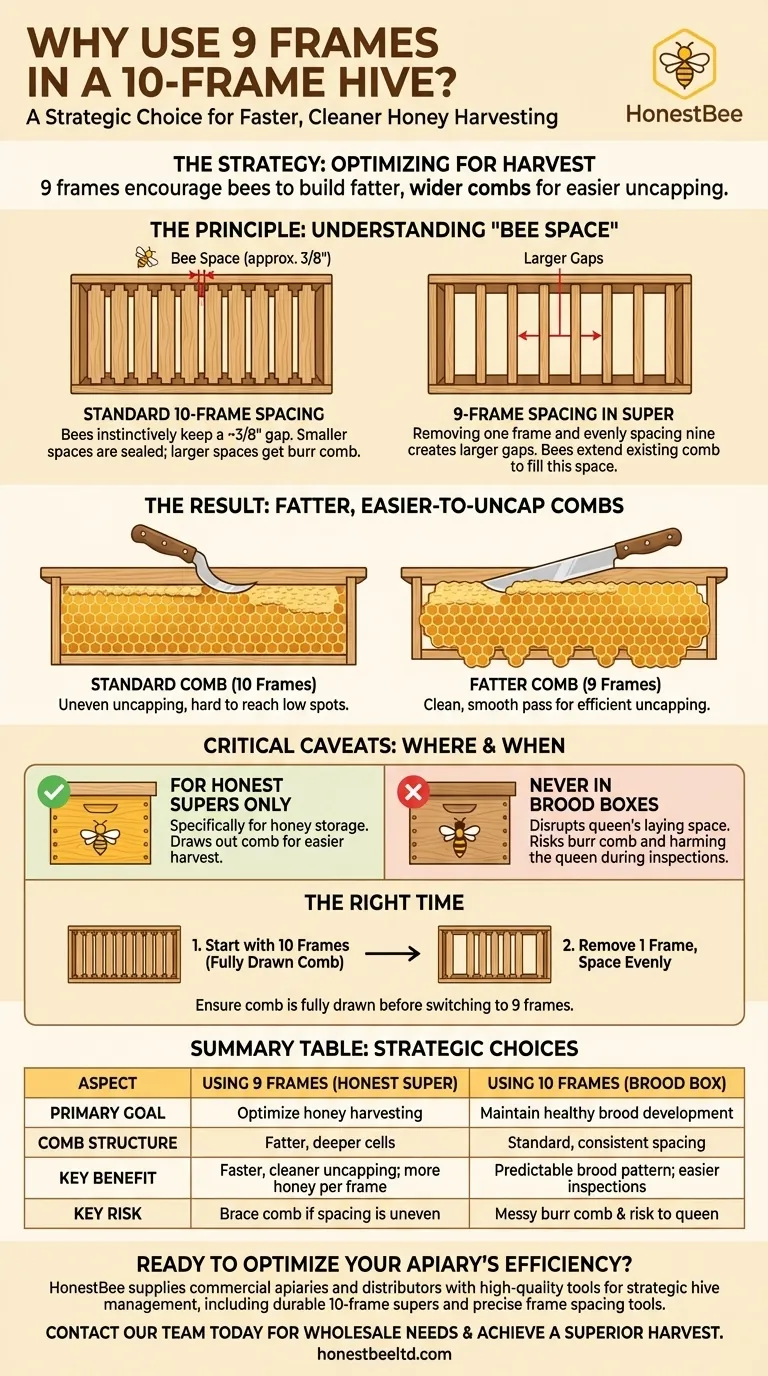
Related Products
- Ergonomic Plastic Frame Spacer Tool for Rapid Hive Management Beekeeping
- Durable Plastic Frame Spacer
- Stainless Steel 9 Frame Hive Spacer Durable Precise for Commercial Beekeeping
- Heavy-Duty Stainless Steel Frame Grip
- Professional Castellated Iron Frame Spacer for Multiple Hive Types
People Also Ask
- What is 'bee space' and why is it important? The Key to Modern Beekeeping Success
- What is 'bee space' in beehive construction? The Key to Modern, Manageable Beekeeping
- What to do if bees are building combs between frames? A Guide to Fixing Burr Comb
- Why are my bees building combs between frames? Fix Cross Comb for Better Hive Management
- What is 'Bee Space' or 'Bee Passage' and why is it important in beekeeping? The Key to Modern Hive Management
